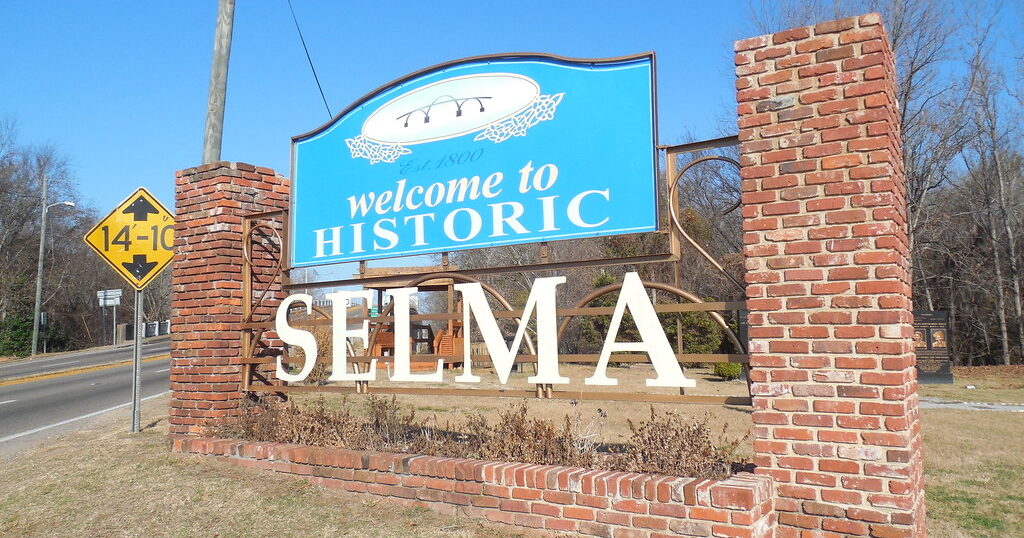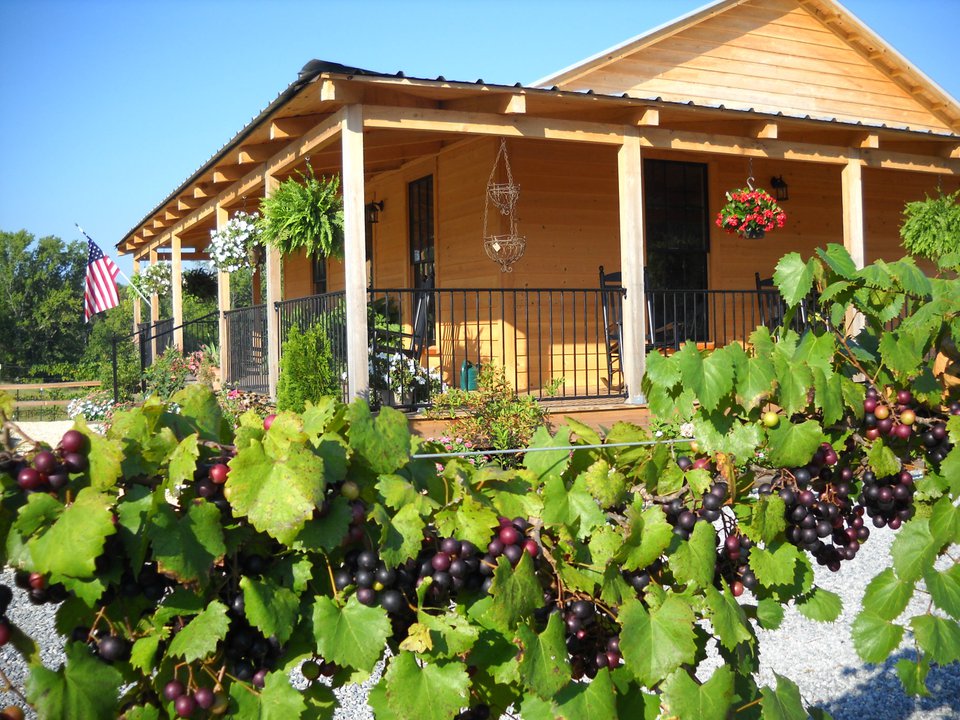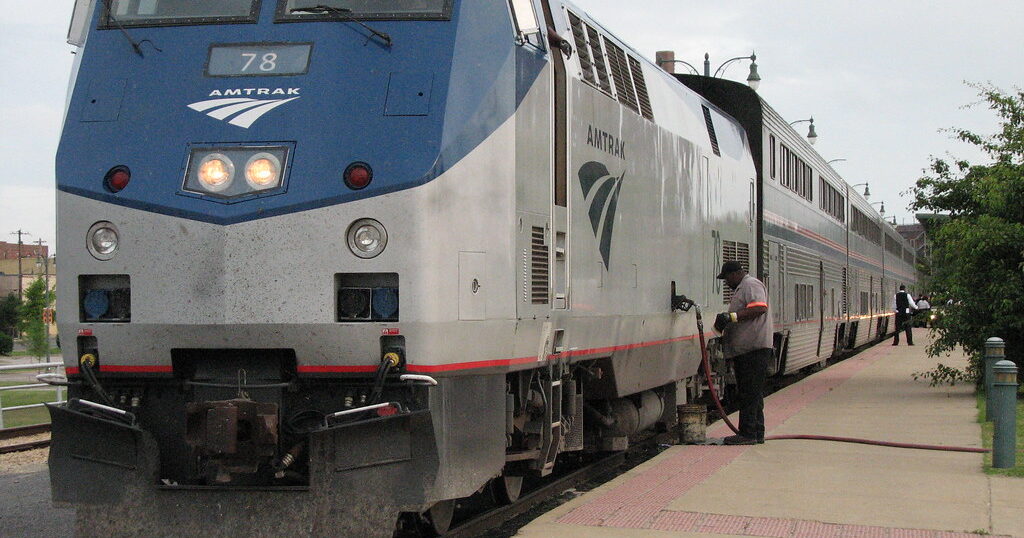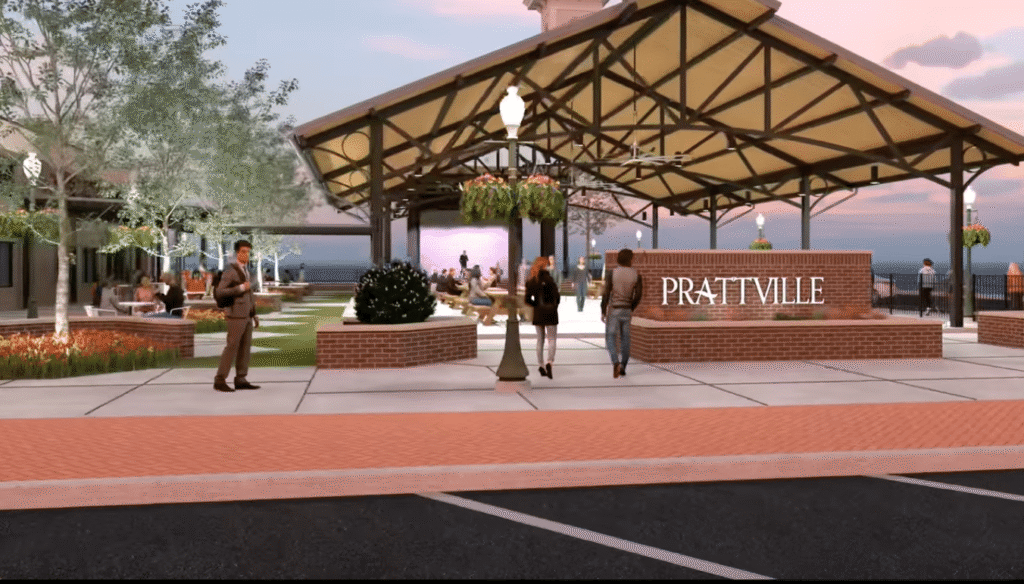Tour 5 of the most historic spots in Opelika
Reading time: 3 minutes

Evolving from a small railroad town in 1854, Opelika has grown into a lively area featuring an energetic community vibe. We’re revealing the most historic spots that help make the city special. Check it out.
1. Salem-Shotwell Covered Bridge

Originally built in 1900, Salem-Shotwell Bridge shortened the commute from Shotwell to Salem over the Wacoochee creek. A strong thunderstorm swept the landmark down the river in 2005. The bridge was salvaged and rebuilt in 2007, making it the last surviving covered bridge in Lee County.
You can even find sources claiming the haunting of this 100-year-old bridge.
- Address: Park Rd, Opelika, AL 36801
2. J. W. Darden House

The J. W. Darden house was built in 1904 by Dr. John Wesley Darden, the first African American physician to treat patients within a 30-mile radius of Opelika. The house became a major social and political center for the African American community. Booker T. Washington, George Washington Carver and A.G. Gaston were notable visitors at the house. You can find the landmark featured in the National Register of Historic Places.
- Address: 323 Auburn St, Opelika, AL 36801
3. Municipal Park

Opelika has one of the oldest municipal recreation departments in Alabama. On September 20, 1951, they hired their first Parks and Recreation Director, Bill Calhoun, who helped bring the park to life. He had the idea of a miniature train running through the park, thus creating the Rocky Brook Rocket—a vintage children’s train open to the public Saturdays and Sundays from 2PM-5PM.
You might hear Lee County residents call the spot “Monkey Park,” dating back to the 1950s when it housed eight spider monkeys that were later rehoused to the Montgomery Zoo.
- Address: Park Rd, Opelika, AL 36801
4. South Railroad Avenue

South Railroad Avenue is a vibrant part of historic Opelika. William O. Harwell built these beautiful buildings around 1900. They now serve as locations for charming restaurants, art galleries and more, including Irish Bred Pub. This is a must-visit location in the heart of downtown Opelika.
- Address: S Railroad Ave, Opelika, AL 36801
5. Pepperell Mill

Construction of Pepperell Village began in 1925, starting with Pepperell Mill and 100 houses. Just two years later, the village featured a school, church, grocery store, theatre and barber shop.
The mill allowed the village to expand and flourish, creating a thriving community in the Opelika area. While the mill was mostly lost due to a fire in 2013, it is now featured in the National Register of Historic Places.
- Address: 3rd Ave, Opelika, AL 36801
As you can see, Opelika has rich history ready to be explored. Where will you go first?







